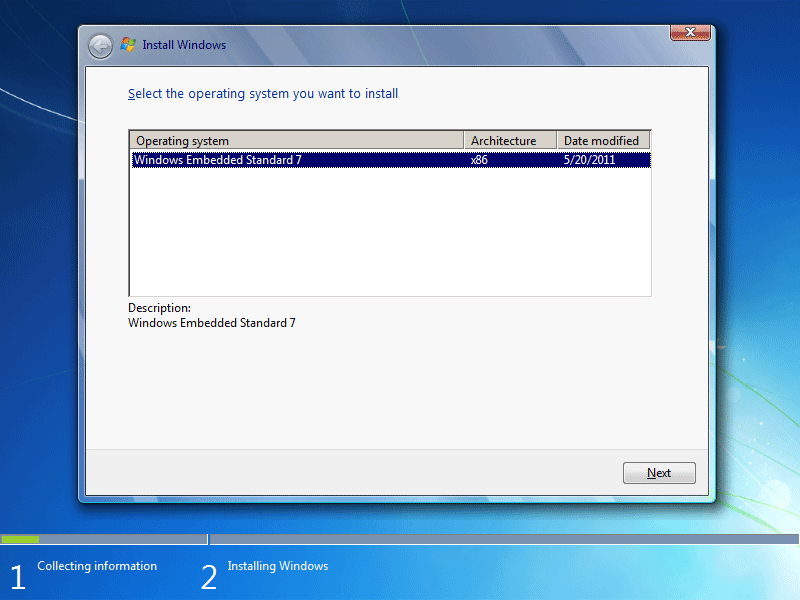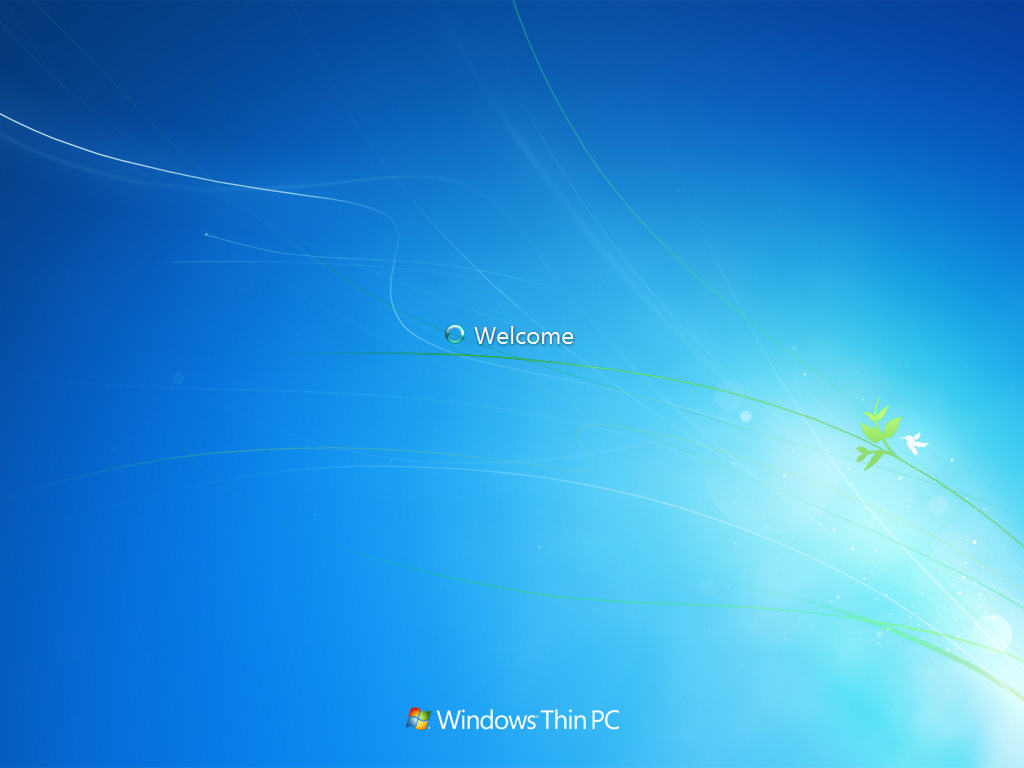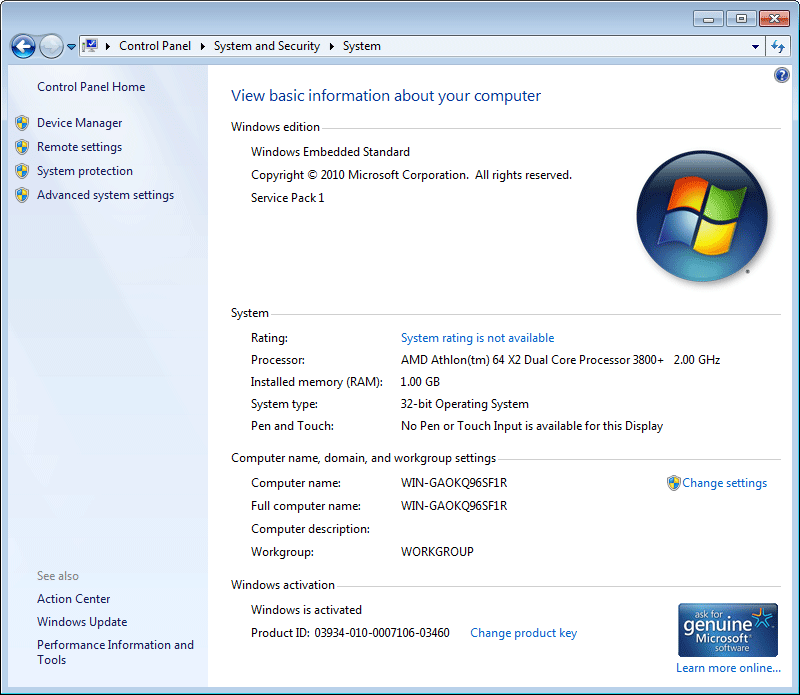After the purchase, you'll receive an email with the download link within 48 hours.
The download links use the HTTPS protocol. e.g."https://www.shoplack.com/file.iso"
Some of the old software before 2010 may not be able to install/run normally on x64 or Windows 10 systems. Be aware of it before purchasing it.



On February 9, 2011, Microsoft announced Windows Thin PC, a branded derivative of Windows Embedded Standard 7 with Service Pack 1, designed as a lightweight version used only in thin client scenarios. It succeeded Windows Fundamentals for Legacy PCs, which was based on Windows XP Embedded.
Windows Thin PC enables customers to repurpose existing PCs as thin clients by providing a smaller footprint, locked down version of Windows 7. This provides organizations with significant benefits:
Reduced End Point costs for VDI: Windows Thin PC empowers enterprises to leverage their end point hardware investments to access virtual desktops that are delivered using VDI or sessions. Windows Thin PC is available as a benefit of SA, and hence does not represent any additional cost for SA customers. Windows Thin PC also provides IT with the flexibility to revert back to PCs if necessary, in case the thin client computing model does not provide the benefits they were after.
Excellent Thin Client experience: Windows Thin PC offers many of the benefits of a thin client. Organizations can improve security and compliance on their repurposed PCs, by using write filters to prevent data from being written to disk. Additionally, Windows Thin PC ensures a rich remote desktop experience through RemoteFX, enabling delivery of high fidelity multimedia content from centralized desktops.
Enterprise Ready platform: Windows Thin PC is built on the proven Windows 7 platform. Organizations can leverage existing management strategy and tools such as System Center to centrally manage Windows Thin PC, including accelerated role based deployment of applications, security patches, updates, and data. Enterprise features such as BitLocker and AppLocker further help IT secure their devices, while DirectAccess helps customers securely access their corporate data on repurposed laptops.